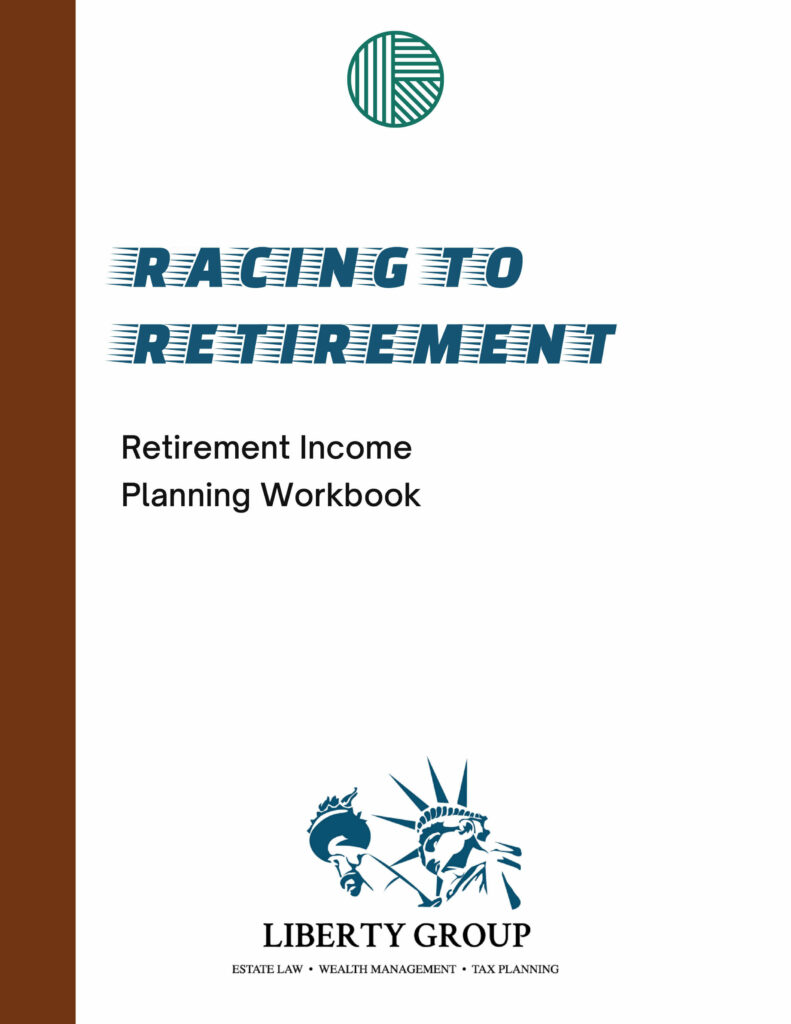How Retirees and Pre-Retirees Can Hedge Against Inflation
July 9, 2021
How Retirees and Pre-Retirees Can Hedge Against Inflation
July 9, 2021
Share this post:
Last Updated: February 14, 2024

Today’s dollar buys far less than it did 10, 20, and 30 years ago—much like today’s dollar will not have the same purchasing power in 10, 20, and 30 years in the future, meaning that as time goes on, your money will not stretch as far as it did when you entered retirement. Inflation basically guarantees this, though the rates of inflation vary from year to year. Some level of inflation is arguably necessary to keep the economy healthy and thriving, but it doesn’t always lessen the sticker-shock some feel when they make that trip to the grocery or home improvement store.
This frustration—and often fear—that many have of inflation can extend to their retirement plans and savings as well. Inflation diminishes the purchasing power of a dollar and can greatly affect those on a fixed income. Inflation also affects different goods and services at different rates—with healthcare costs generally having a higher inflation rate than the U.S. average, something that greatly affects retirees, who spend almost three times on healthcare as much as a working-age person. Where you live and your lifestyle choices, housing situation, and standard expenses will also play into how much inflation will affect you in retirement.
The government accounts for inflation when making decisions about increasing qualified retirement plan contributions limits (like for 401(k)s and IRAs) and raising Social Security and military and federal employee pension benefits. The Fed also has monetary policies to put in place to manage inflation, like lowering interest rates to encourage borrowing.
Many financial professionals include an estimated inflation rate in retirement planning, which helps ensure you won’t run out of money in retirement—if the inflation rate is at or below the estimated rate (often 3%). But what happens when the actual inflation rate exceeds the estimation? You’re at risk of running out of money in retirement. How can you further hedge against inflation to protect your retirement? Two key ways are to understand and plan for your expenses in retirement (you can download our retirement planning workbook here) and to invest in assets that keep pace or surpass the inflation rate. Anything that offers a fixed interest rate or rate of return devalues during inflation.
Top Tips to Help Hedge Against Inflation
-
Save where you can, but don’t rely solely on savings accounts for your retirement.
Inflation can lead to a rise in interest rates, which is beneficial for those with cash in savings accounts. However, it’s unlikely that these interest rates will keep with inflation. Even upon retirement, you still need to keep your money invested for the next 20+ years to ensure you have enough to last. This often means keeping your money invested in the stock market and other investment vehicles, as the stock market averages an 9–10% return annually.
-
Don’t hoard cash because inflation means your money will be worth less over time.
-
Maintain a diversified portfolio and invest in assets that beat inflation over time.
- Stocks – but don’t put all your eggs in one basket
- Certain inflation-linked bonds, like treasury inflation-protected securities (TIPS) – this special bond class is designed with inflation protection in mind; bonds typically offer a lower return than stocks, but the return might still beat inflation and offers a less risky way to invest; however, standard bond prices may drop as they are considered more of a fixed-income investment and are generally not considered a good investment to hedge against inflation.
- Real estate – real estate investment trusts (REITs) can be a good option as rent and property value tends to rise as inflation rises.
- Commodities, like food, precious metals, and energy via exchange-traded funds (ETFs) – commodities tend to have a positive correlation with inflation; that is, as commodity prices rise, so does the price of the products used in its production, thus indicating possible inflation to come. Keep in mind that commodities are volatile; take caution when investing in this asset class.
- Inflation-protected annuities tied to the consumer price index (CPI) – this will often be a cost-of-living adjustment rider you will have to purchase in addition to your annuity premium.
-
Social Security is adjusted for inflation and eligible for cost-of-living adjustments.
Social Security represents a significant portion of many retirees’ income, and the federal government monitors inflation and adjusts the monthly benefits accordingly. For example, the most recent cost-of-living adjustment in December 2023 saw checks rise by 3.2%.
-
Plan for your retirement costs.
Of course, nothing ever goes quite according to plan, but you can get an idea of where your income will come in and where it will go to pay for your lifestyle. Download our retirement planning workbook here to get started.
-
Reduce housing costs, if possible.
Move to an area with lower property taxes, downsize your house, or pay off your mortgage if it makes financial sense for you.
-
Pay down or eliminate debt, from mortgages to auto loans to credit cards.
-
Get help.
A financial professional can help you evaluate your options to ensure your portfolio is prepared for many economic conditions and life events

Inflation doesn’t have to kill your retirement savings. Investing with inflation in mind is crucial to protecting your wealth and your retirement dreams. Make your money earn for you by making the right investment decisions now for the long term. Seek the help of a financial professional to help you build a comprehensive financial strategy and diversify your portfolio.
If you want to learn about more personalized and advanced strategies, schedule a 15-minute call with our team.
Schedule Your Complimentary 15-Minute Call
Want expert retirement and investing advice? Subscribe to our YouTube channel and check out our weekly podcast with The Sandman!
Listen to Protect Your Assets anywhere you get your podcasts:
Standard Disclosure
This blog expresses the author’s views as of the date indicated, are subject to change without notice, and may not be updated. The information contained within is believed to be from reliable sources. However, its accurateness, completeness, and the opinions based thereon by the author are not guaranteed – no responsibility is assumed for omissions or errors. This blog aims to expose you to ideas and financial vehicles that may help you work towards your financial goals. No promises or guarantees are made that you will accomplish such goals. Past performance is no guarantee of future results, and any expected returns or hypothetical projections may not reflect actual future performance or outcomes. All investments involve risk and may lose money. Nothing in this document should be construed as investment, tax, financial, accounting, or legal advice. Each prospective investor must evaluate and investigate any investments considered or any investment strategies or recommendations described herein (including the risks and merits thereof), seek professional advice for their particular circumstances, and inform themselves about the tax or other consequences of any investments or services considered. Investment advisory services are offered through Liberty Wealth Management, LLC (“LWM”), DBA Liberty Group, an SEC-registered investment adviser. For additional information on LWM or its investment professionals, please visit www.adviserinfo.sec.gov or contact us directly at 411 30th Street, 2nd Floor, Oakland, CA 94609, T: 510-658-1880, F: 510-658-1886, www.libertygroupllc.com. Registration with the U.S. Securities and Exchange Commission or any state securities authority does not imply a certain level of skill or training.

